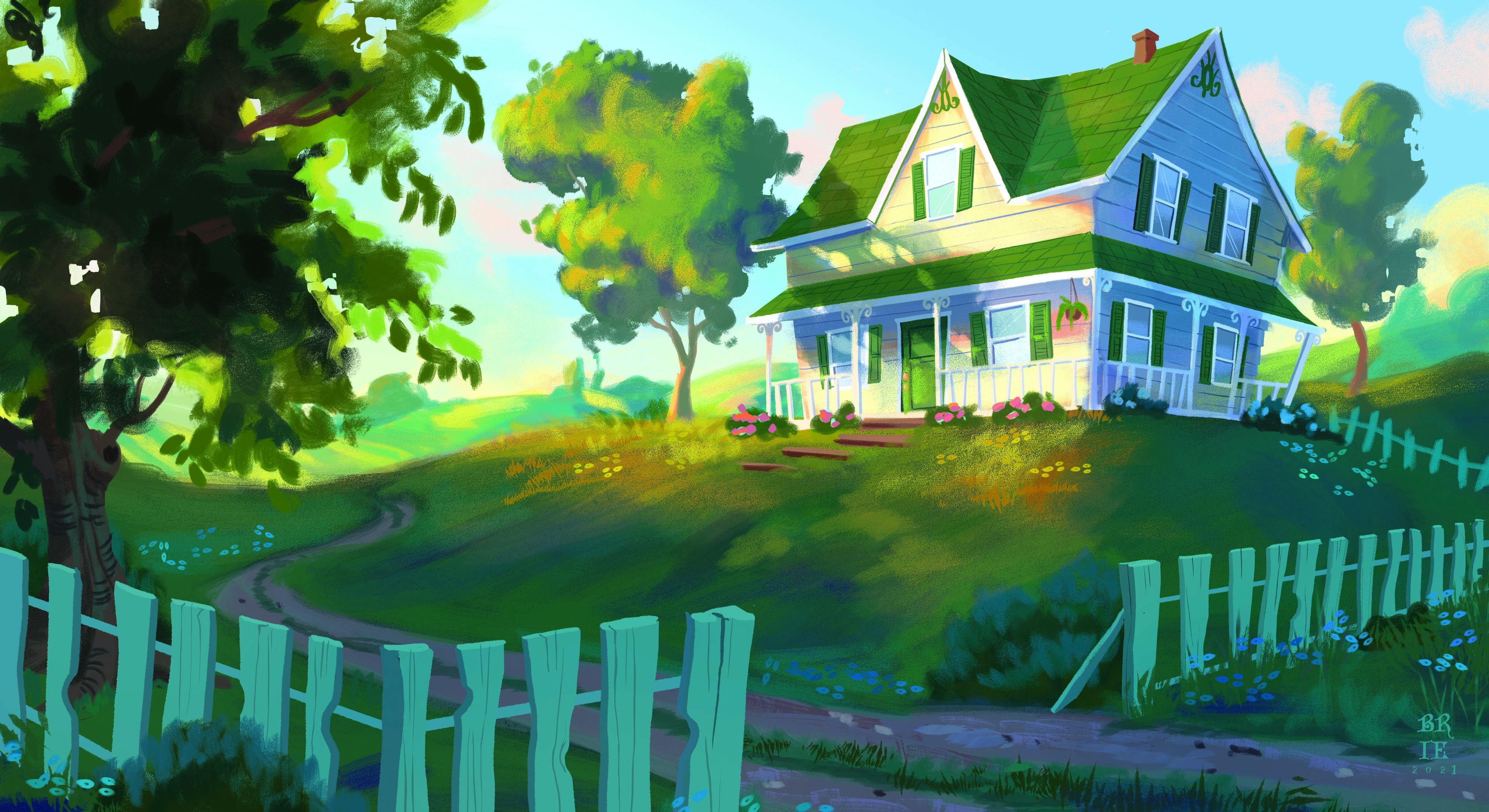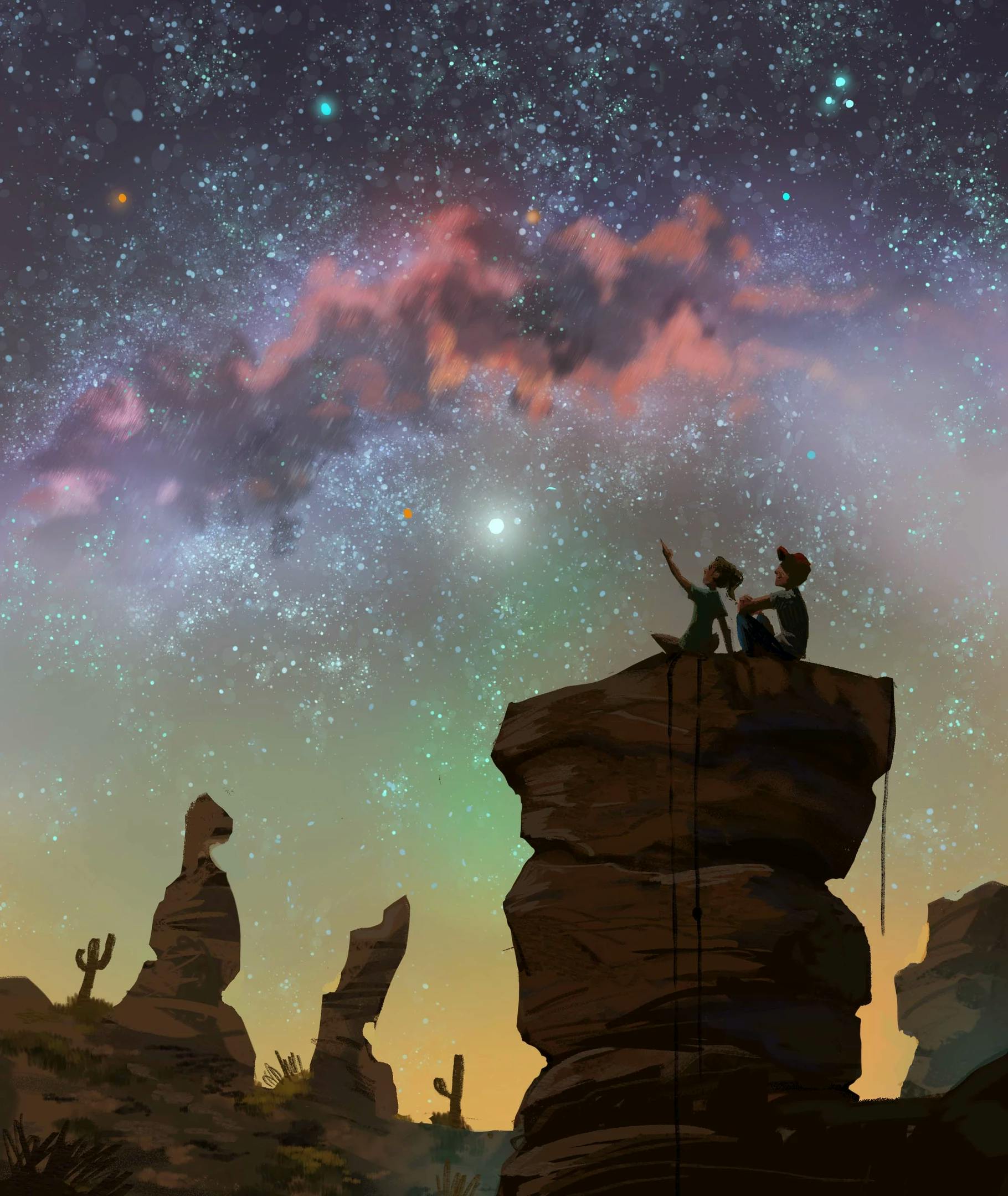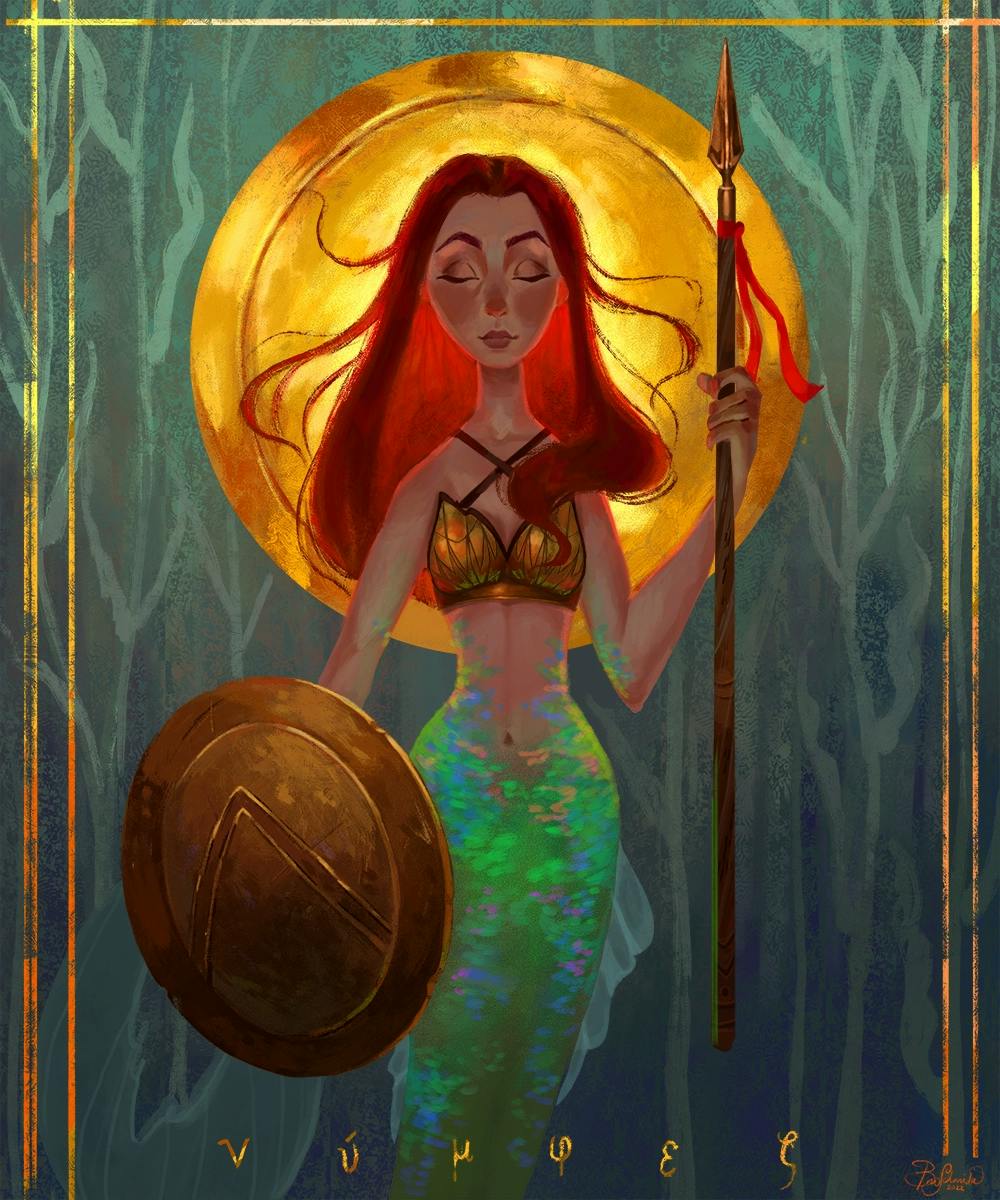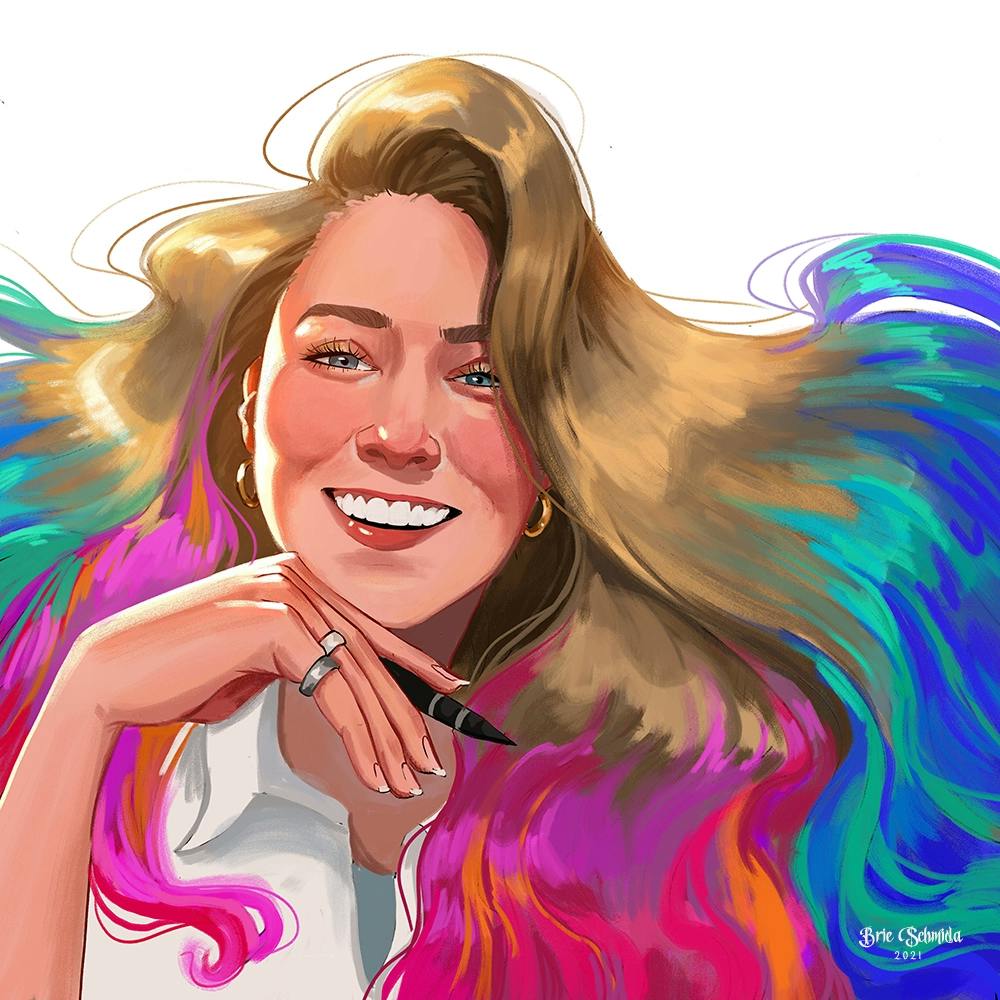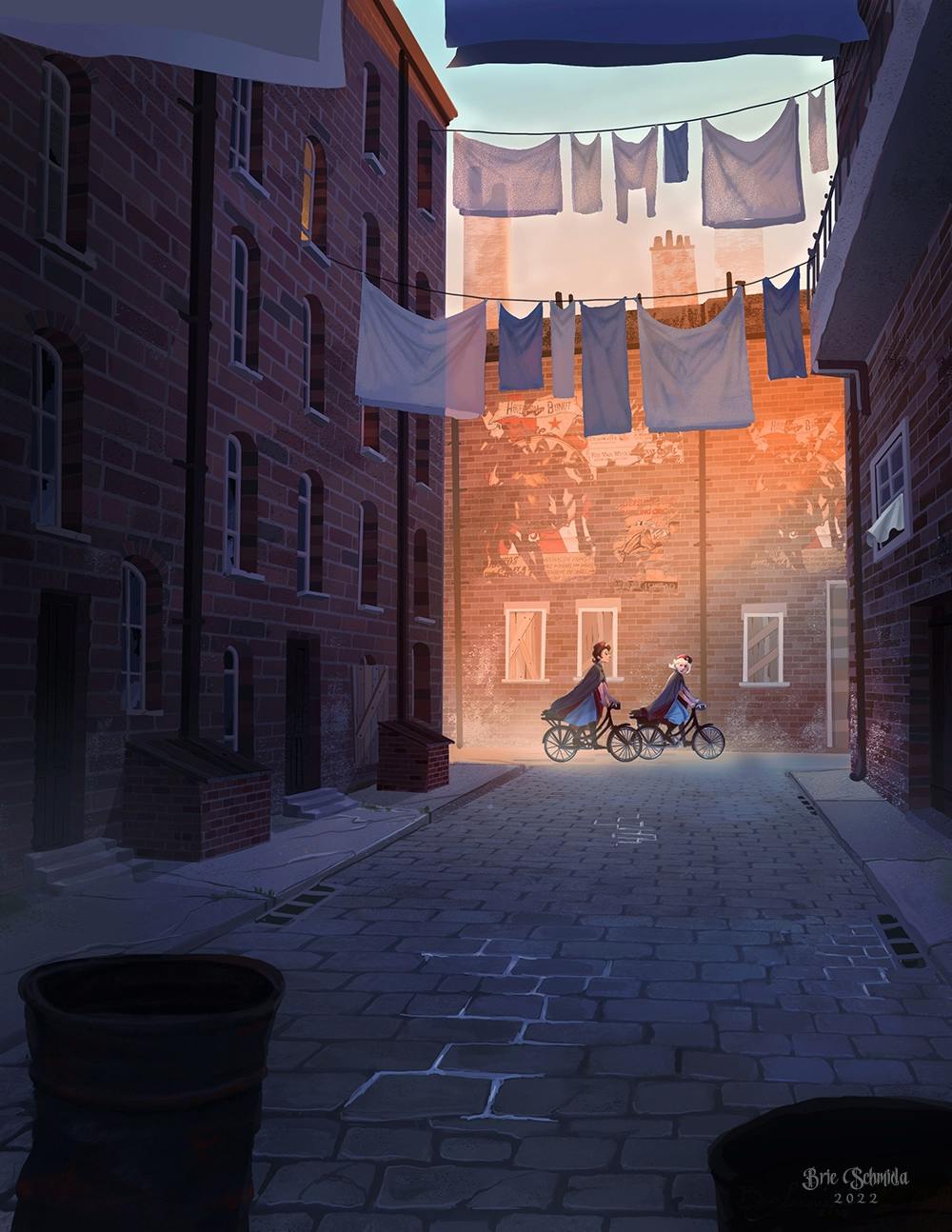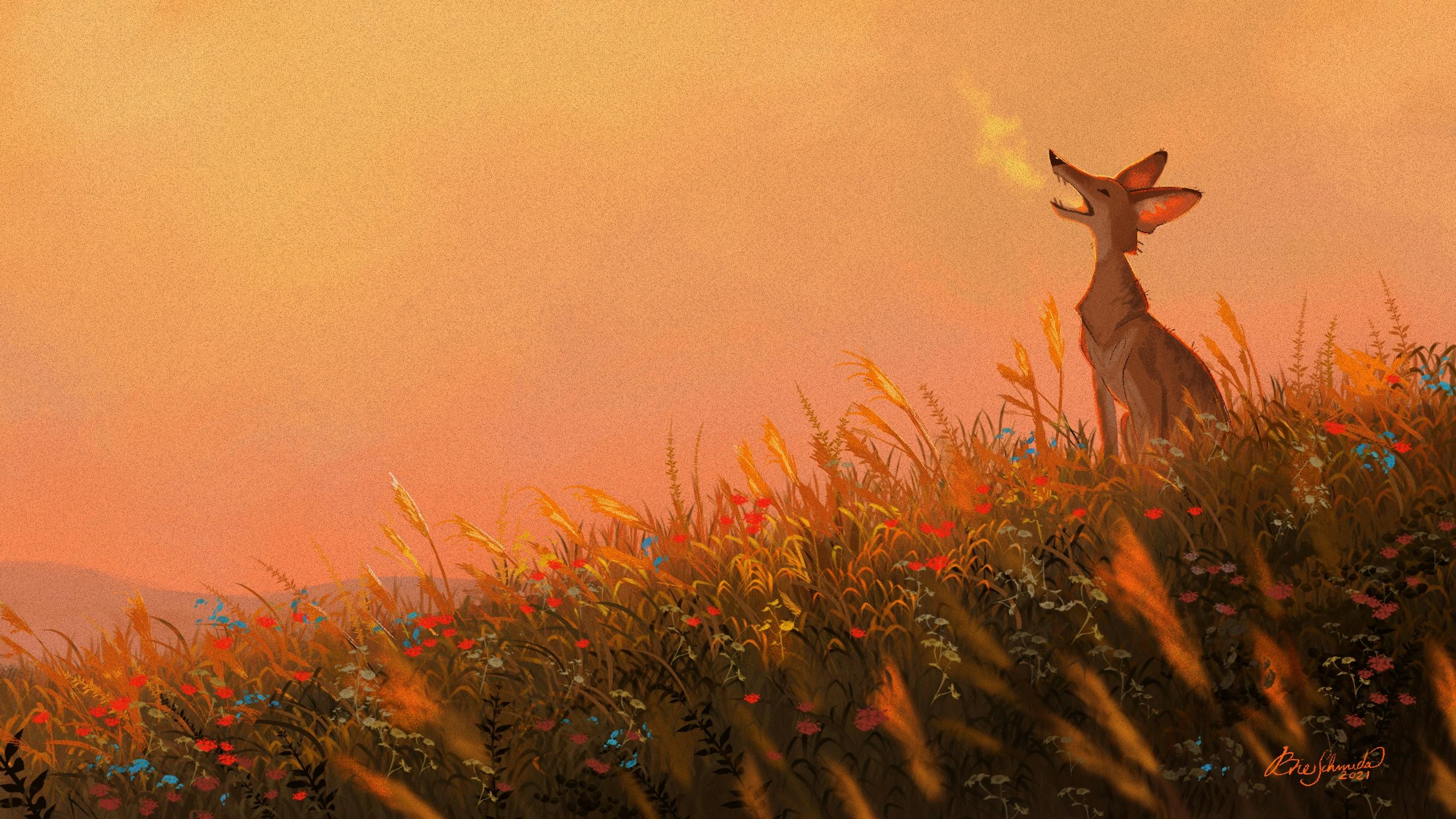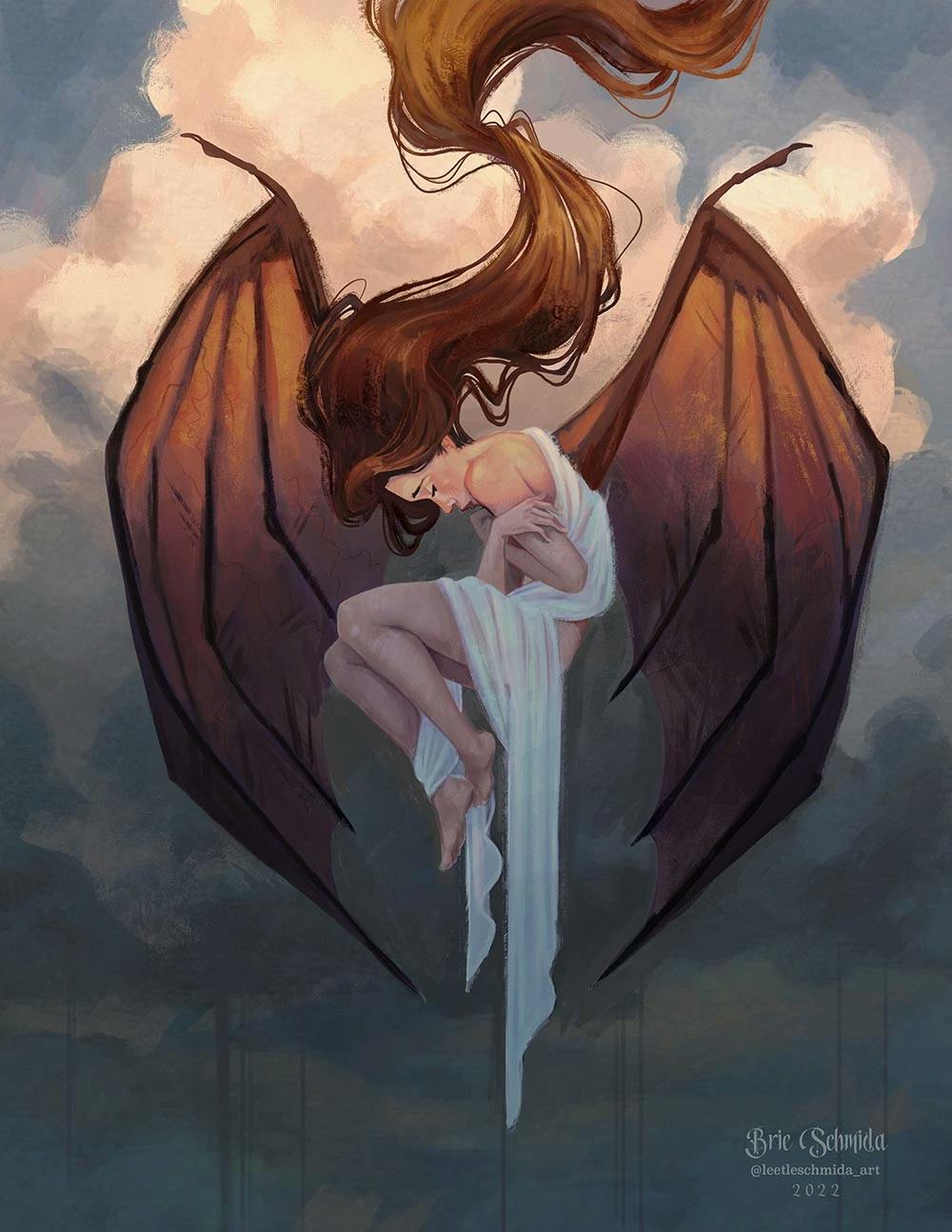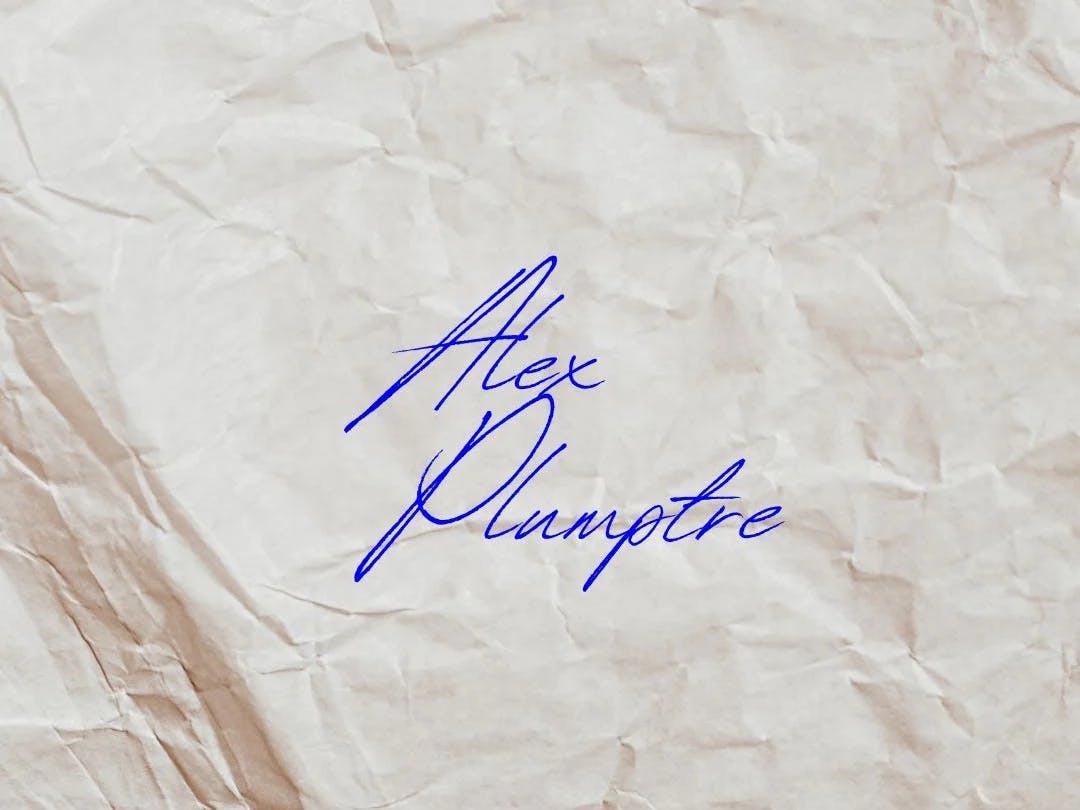
Alex Plumptre
Producer
Project Manager
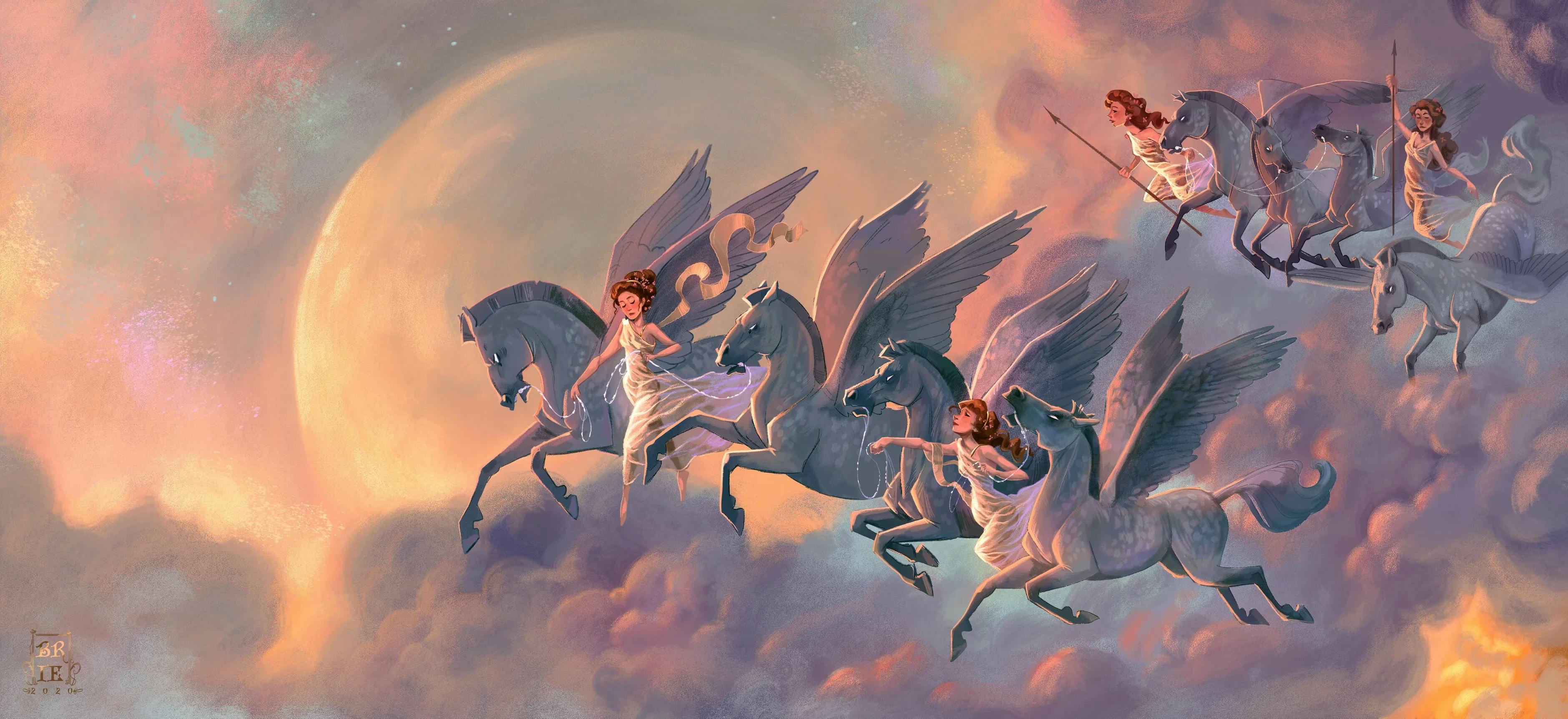
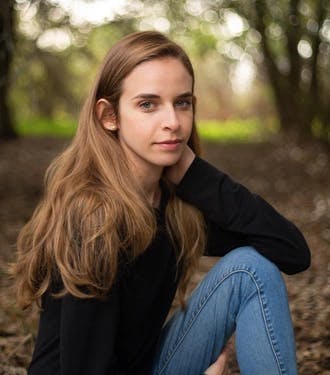
Visual Storytelling is an art on its own.
Brie Schmida:I probably wouldn’t have become an illustrator if I hadn’t been in a horseback riding accident in my early teens. The resulting spinal condition took eight years to cure, and I turned to one of the only non-active things I could do, art. It kept me sane. This is such an enjoyable process that now that I am well, I never want to stop.
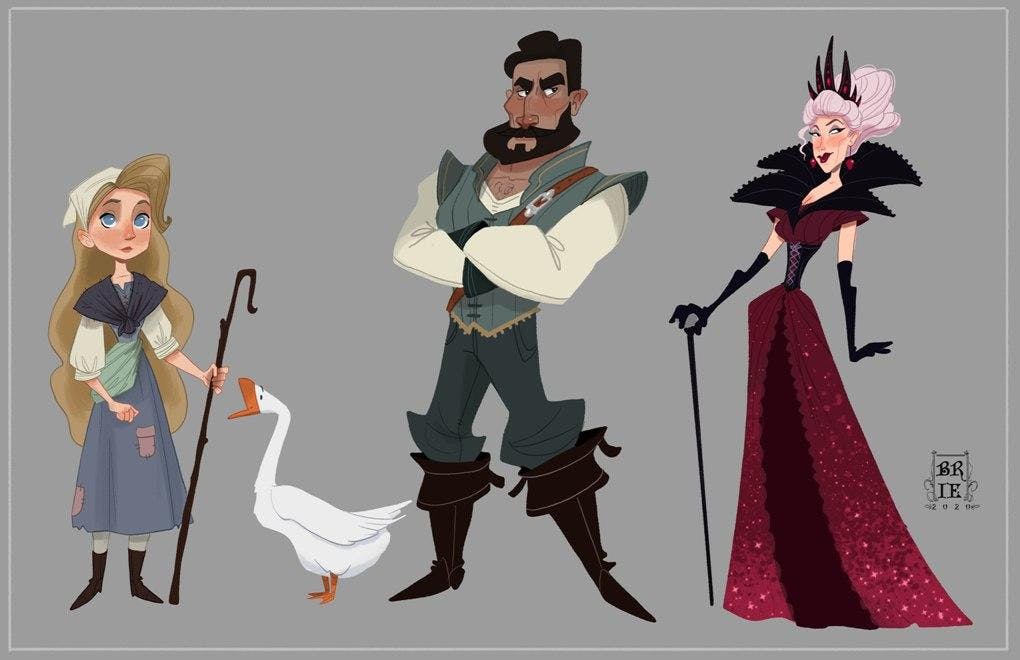
Brie Schmida:Health issues were undoubtedly a significant hurdle. On bad days, I remember laying on the bed, trying to draw. Apart from this, I believe that I am way too hard on myself. I constantly remind myself that others are not privy to my thoughts and might not view my work with similar criticisms. One of the best moments so far has been attending my first Lightbox Expo. I had the opportunity to meet several renowned artists and even made some fast friends there. The artist community is so welcoming and supportive.

Brie Schmida: I live on a farm, and so, there’s always something different going on in every season! I work for six to eight hours every day, with occasional snuggle breaks with baby goats or my cat Pickle. Since leaving pieces unfinished irks me, I sometimes spend a little longer on my work. I am not a night owl at all! Once 5 pm rolls around, I go for a walk and enjoy dinner with my family, an episode of a BBC drama, and a nice book before bed. On weekends I work in the garden, visit my grandparents, and do various farm activities, namely, snuggling baby goats.
Brie Schmida: Outside of critical things like composition, color, character design, emotion, and such, it is essential to have either a bit of whimsy or a bit of nostalgia in the piece. People are drawn to artworks that they can relate to or those that capture their imagination. Visual storytelling is about creating an entire narrative that can stand on its own without a description. It is about capturing a single moment. An illustration must make the audience wonder about the character and story. Storytelling is all about the anticipation of what’s to come.
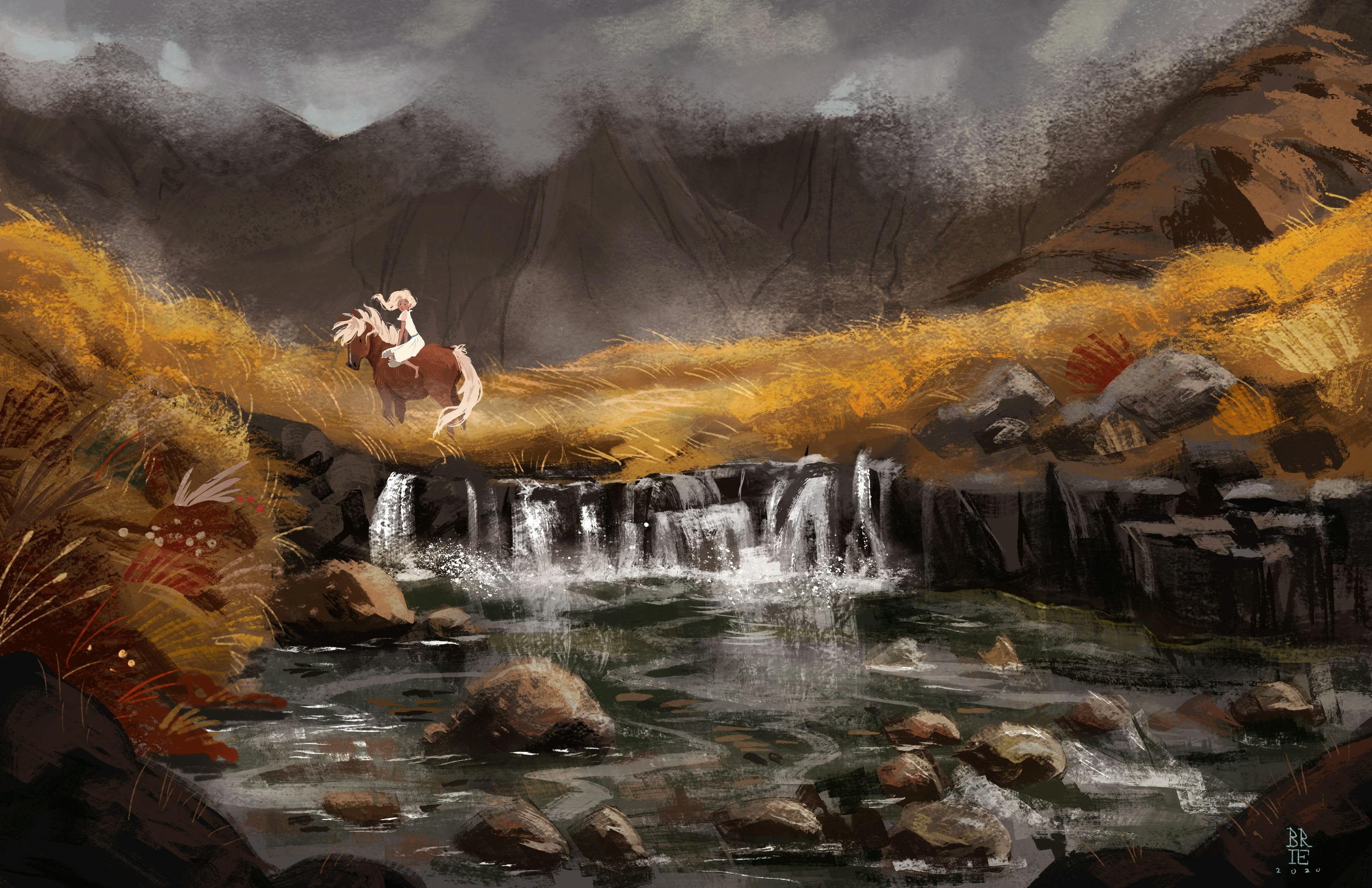
Brie Schmida: A character’s personality is a complex combination of inner thoughts and feelings. This is portrayed through the character’s expression, body language, and clothes. If a character is shy, they might not adorn bright, vibrant, attention-grabbing garments. If a character is grouchy, they won’t be sketched with a warm, inviting smile. These can often be understood through keen observation of people around us. There’s a lot you can tell about a person without speaking to them at all.
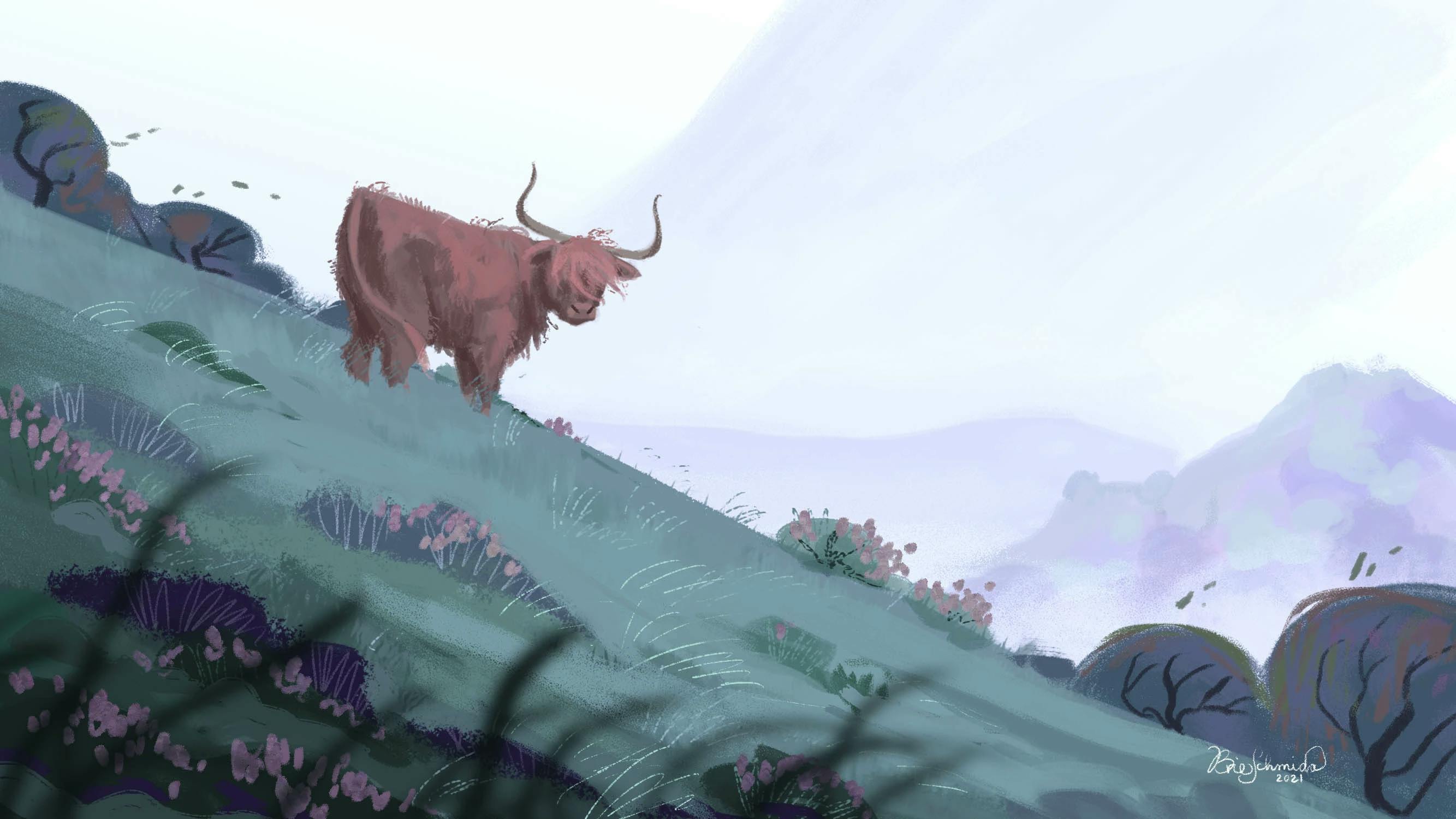
Brie Schmida: Composition is extremely important. This is a vast field with an ocean of knowledge, and therefore, I cannot claim to be an expert since I am yet to explore all of its immense depth. However, I often emphasize the importance of ‘value to create a focal point, ‘contrast’, ‘line of action’, and ‘use of color’ to my students. These are a few basic techniques to improve composition. I recently learned about the W Composition used since the Renaissance, and it blew my mind! I also explored the aesthetic principles of Shape Composition, which was equally exhilarating.
Brie Schmida: I love stories that sport solid character development and storyline. Pretty visuals are only secondary. One of my recent favorite animated films that sported excellent character development, storyline, and stunning visuals was Klaus. I also enjoy stories with historical elements where I can learn about a new culture or historical event. And, of course, those stories that completely surprise you with their ingenuity. Inception is probably that film for me.
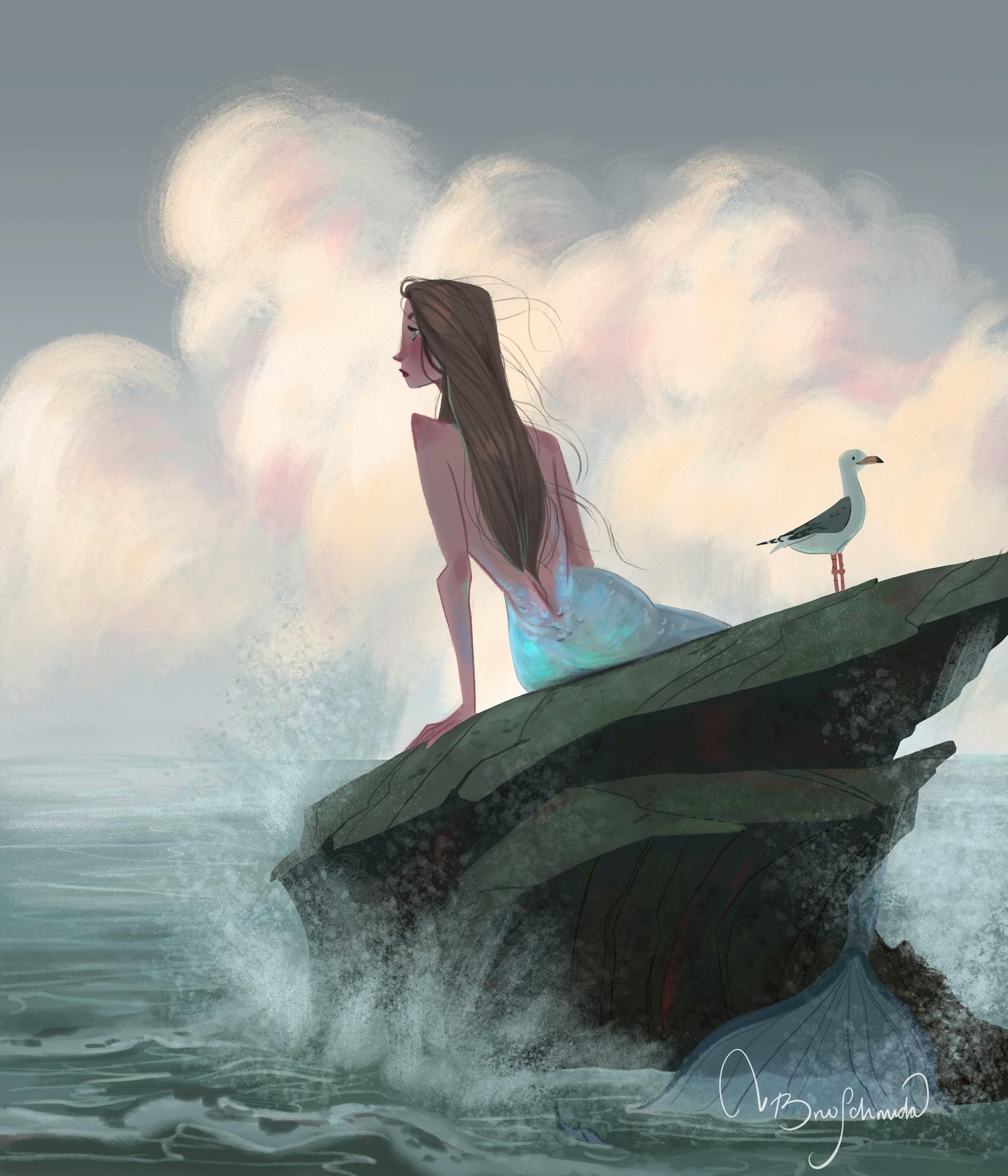
Brie Schmida: Apart from always drawing and designing, I would really like to direct one film. Just one. I know exactly which film it will be, and I really hope that day comes. Since I began my career during the pandemic, I am also looking forward to interacting with a team in person.
Brie Schmida: In my opinion, an ideal client can either explain clearly what they want or is willing to brainstorm with me to get there. It is difficult when the clients are vague about their preferences and get frustrated when the end product doesn’t turn out as they envision. An ideal client is someone who is excited about the project and open to suggestions. It is fun to work with a passionate person.
